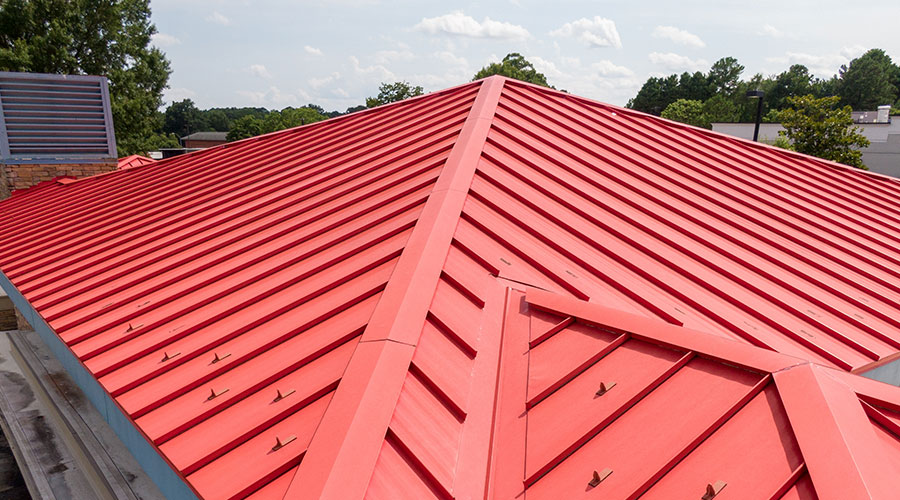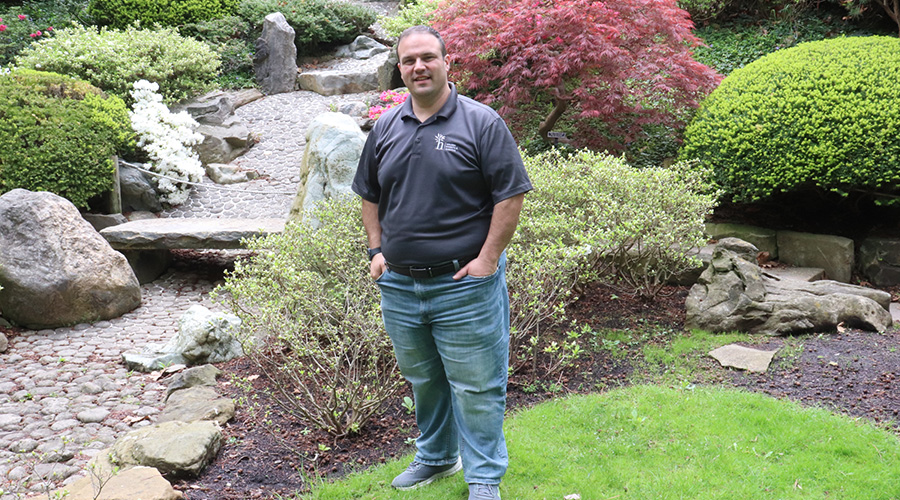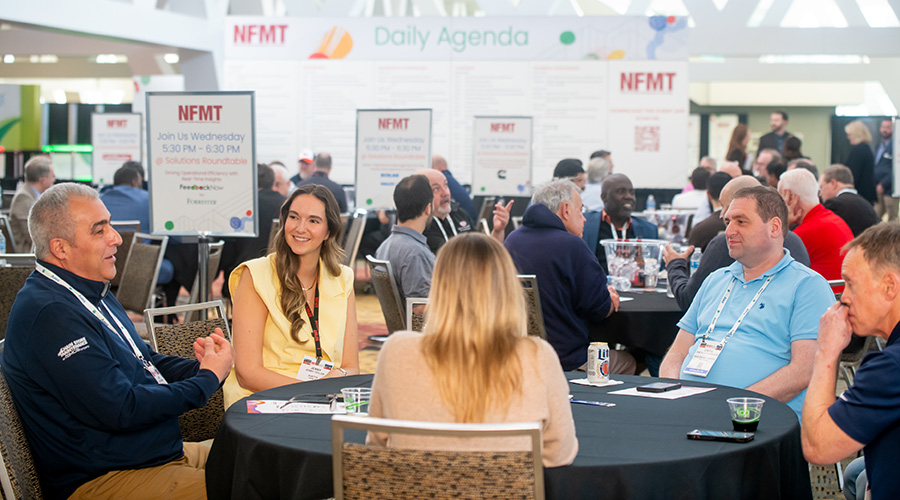Nico Viola Leads the Way at Holden Gardens & Forests
Childhood experiences helped shape the future for Holden Gardens Director of Facilities Nico Viola.
By Dave Lubach, Executive Editor
Nico Viola knew early in life that he was meant for a career that included fixing things and managing buildings.
“I kind of feel like I was born into it, to be honest with you,” says Viola, the director of facilities at Holden Forests & Gardens outside Cleveland.
Viola’s grandparents owned rental properties throughout Cleveland, and that opportunity gave him plenty of chances to tackle common problems, such as fixing toilets, changing out lightbulbs and repairing HVAC units.
“I really wasn’t given too much of a choice,” Viola says of helping with the family business. “On the weekends, I was told to get up and get in the truck because I had to help grandpa, and he taught me a lot of things. As he got older, and his health started declining, he took a step back, and I continued to manage everything. ... So, it was always in my blood. It was always something I liked.”
All these years later, Viola, a 2022 FacilitiesNet Facility Champion, still enjoys fixing things and managing buildings, just on an entirely different platform level.
Unique challenges
Viola manages a staff of 10 employees at Holden, one of the largest public gardens in the country. It consists of three different properties: The 4,000-acre Holden Arboretum, the 12-acre Cleveland Botanical Gardens and a 35-acre nursery. More than 20,000 members and 350,000 yearly visitors use the various properties, each of which presents unique situations for Viola’s staff.
Depending on the project, the staff could design walking paths for visitors or change out exhibitions in the buildings.
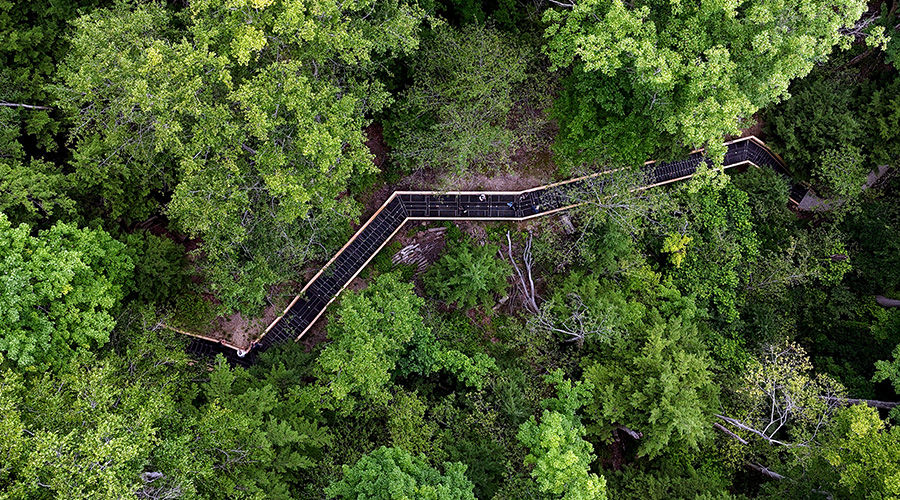
“Working in museums and cultural institutions, it’s less personal,” he says. “But I think from my perspective it’s a lot more rewarding, because such a large audience gets to see the work you’re doing and enjoy the things you’re doing. So, when you build some really cool exhibit and it opens to the public and see this mad rush of people coming in, and people are posting on social media about how cool a show was, or how cool that exhibit was, it’s just really rewarding to see how it affects so many different people.”
The arboretum and the botanical gardens include two large event halls, a café, retail area, and two large biodomes, which require custom-built HVAC systems to maintain conditions identical to those of real-life climates. In addition to these facilities and garden areas, the site has two research buildings with labs as well as public exhibitions that the facilities staff takes extra time to design to make appealing for visitors.
“When you’re talking about museums and cultural institutions, the facility is actually in a lot of instances part of the actual artwork,” Viola says. “In one of our galleries you have to make sure the walls are painted just the right shade of color and the lights are aimed just right, or you could hang up the most beautiful piece of art in the world and put the most horrible lighting on it and it’s going to look horrible. A lot of time is spent looking at those details, even in the design of the building and the flow of these spaces.”
A cold snap a few winters ago reminded Viola and the staff about the importance of having a backup plan for when the HVAC systems go down. Holden is considered a living museum with creatures such as Madagascar Cockroaches, frogs, birds and butterflies as well as plants that may quickly perish in dramatic condition changes.
Holden uses a diesel generator for backup power and is also working with its utility provider to install a battery storage system that Viola hopes will be operating within the next year.
“There are a lot of challenges, because there’s a lot of life safety issues,” he says. “If the power goes out, and no one’s here, most people will be like, ‘Who cares?’ But if the power goes out for too long here, we’ve got a bunch of tropical plants and a lot of tropical birds that start to freeze and they’re all going to die. They’re part of our collection. We’re literally killing art, so we have to be very well certain that that’s not going to happen.”
Making a difference
Al Picciano is the arboretum’s manager of facilities and maintenance and says that Viola has had an immense impact on the organization while handling the fiscal and budget parts of the operations as well as the facilities team at the botanical gardens.
“Director of facilities is a relatively new position which entails running day-to-day facilities operations as well as being in charge of budgeting and general operations at both campuses,” he says. “Nico’s organizational skills and technical background have given structure to that position. He is the point person for meeting with board members and committees to articulate and help implement visions for the future.”
An example of the kinds of projects that Viola directs at Holden incorporates his restoration knowledge. As part of a $1 million project, the staff recently built two staircases that have an elevation change of 130 feet that connect trail systems but were damaged in a tornado last year. Thanks to his contacts in construction and his restoration background, repairing the stairs was much easier.
“Nico is able to adapt with ease and is ideal for troubleshooting obstacles on a construction site,” says Jason Hughes, a facility coordinator. “He also has vast experience with construction contracts that have been huge in warrantying the work on the staircases before they were damaged by the tornado. His experience in restoration has put him in many undesirable circumstances that help him view construction in a different light than most facilities managers.”
Another project that captured the public’s attention at Cleveland Botanical was the addition of a tree house in the Hershey’s Children’s Garden. The $400,000 project required managing plenty of opinions from donors and Holden’s education department and board of directors while also considering the history of the property all while keeping in mind what would most benefit the most important part of the equation: How guests would embrace the garden?
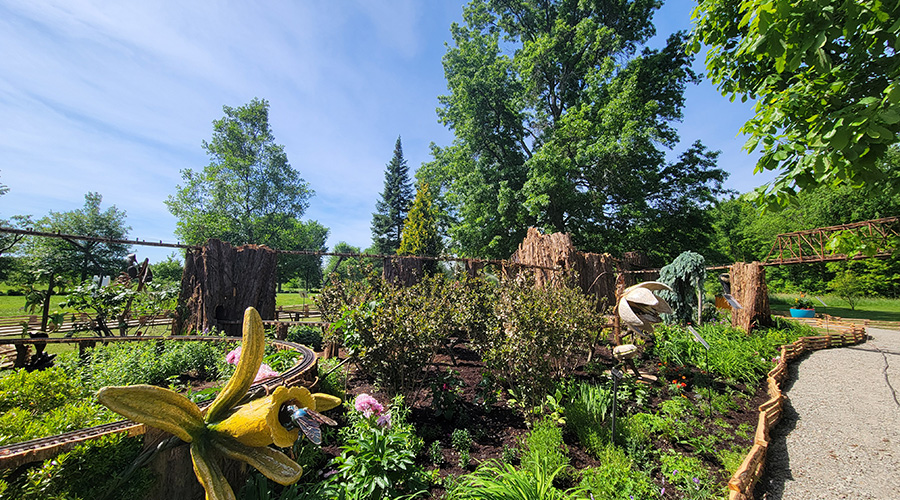
Once that was all worked through Viola worked with design teams from foreign countries as well as other parts of the United States to execute the project. After all the issues were settled, Viola’s guidance resulted in an early finish.
“Nico was great about taking in thoughts from all groups such as donors, our education department and board of directors to deliver something everyone is truly happy with,” Hughes says. “The project had a lot of moving parts and unique challenges, but the project finished early as a testament to Nico’s coordination ability between the building team and the local building department.”
Looking for the future
Viola has many years left to work in the facilities management profession should he choose to, but like many facility executives, he wonders where the next generation of technicians and eventually leaders will come from.
“It has been a struggle to find younger people who want to get into facilities,” he says flatly.
Two years ago, Hughes was a recent college graduate looking for a career when he crossed paths with Viola, who was looking for help. Hughes was not versed in what it took to run a facility, but Viola saw something to give Hughes a job.
“This wasn’t a worry for Nico,” Hughes says. “He was willing to take a chance on giving me a role understanding that it may take me some time to get up to speed. Now, two years later, it amazes me how far I have come and how much I have learned. Every step of the way, Nico has found time to teach me and incorporate me into large-scale projects. This real-world experience is invaluable and isn’t something someone could have taught me in a classroom.”
Viola and his peers are searching desperately for more employees like Hughes, who are young and eager to immerse themselves in the facilities profession.
Instead of complaining about the situation and throwing his hands in the air, Viola is trying to do something about setting the stage for the future generation of facility managers. As an active IFMA member, Viola has served as a mentor for a younger facility manager for the last four months.
“I’m at a point in my career where I’d really like to give something back to somebody who’s younger and coming up and wants to learn,” he says.
The experience has been rewarding for Viola in many ways. Not only does he enjoy helping a younger manager grow into the job, but being a mentor gives Viola a chance to reflect on how his career has evolved since those days of following his grandpa around Cleveland.
“It’s making me learn, too, because there are things that he asks me that are second nature to me that I’ve almost taken for granted after doing it for so many years,” he says. “He’ll ask me about something and I’m like, ‘Well, that’s because ...’ and then he’s like ‘Why?’ and I have to think about why I do certain things because I haven’t had to think about those things in many years. I think that’s been beneficial for both of us, because we’re learning from each other, which is great.”
Dave Lubach is the executive editor for the facilities market. He has 10 years of experience writing about facility management and maintenance issues.
Related Topics:







